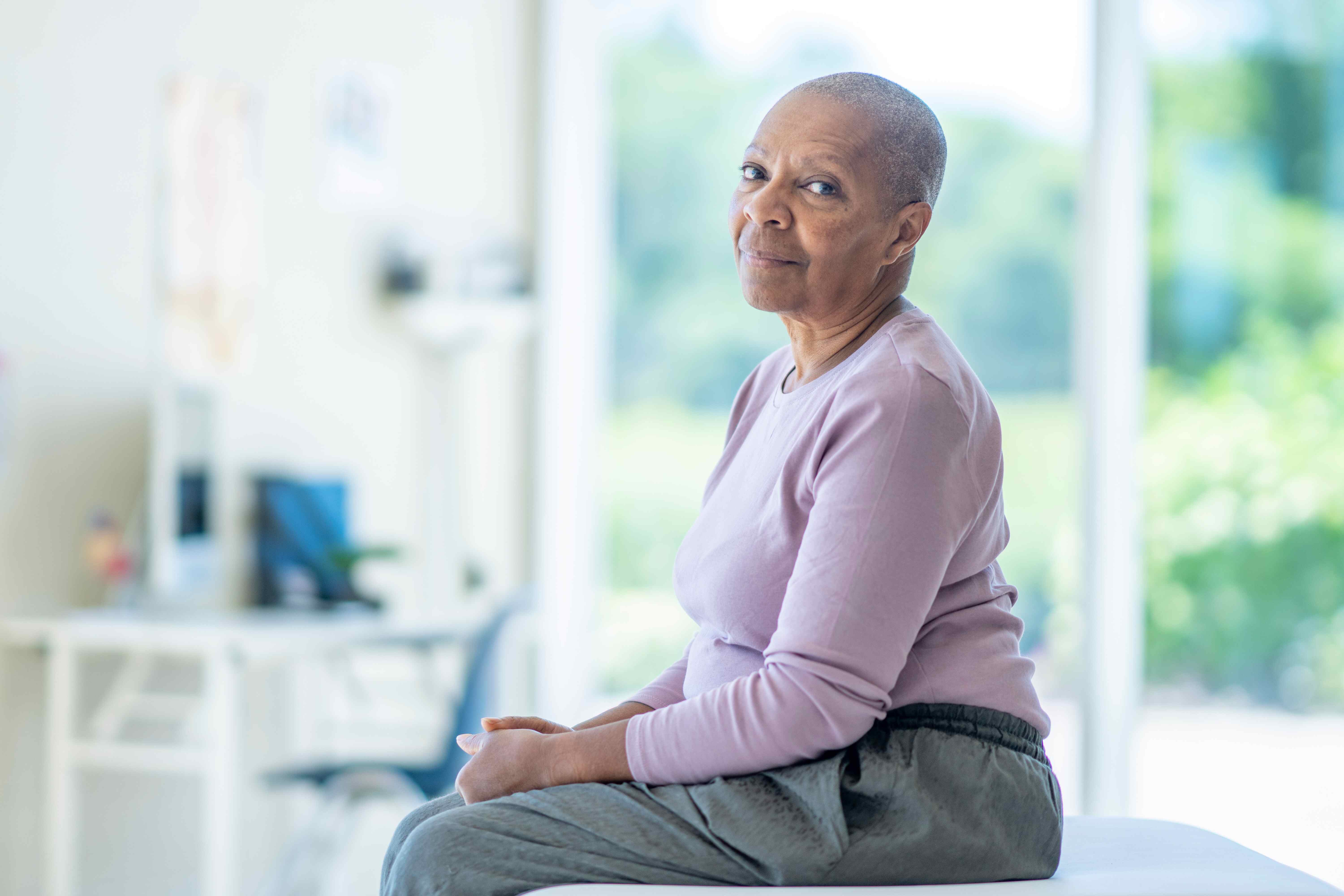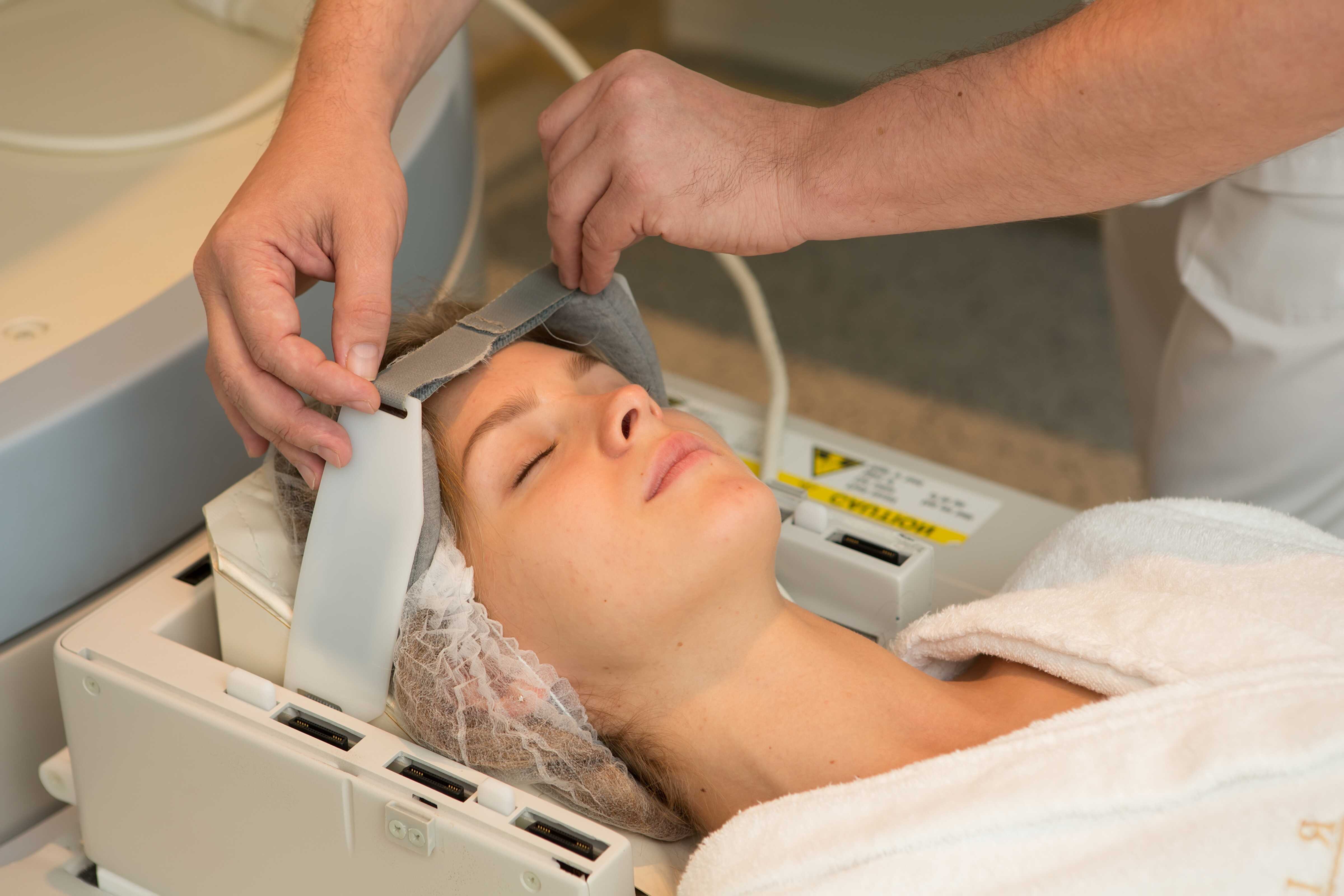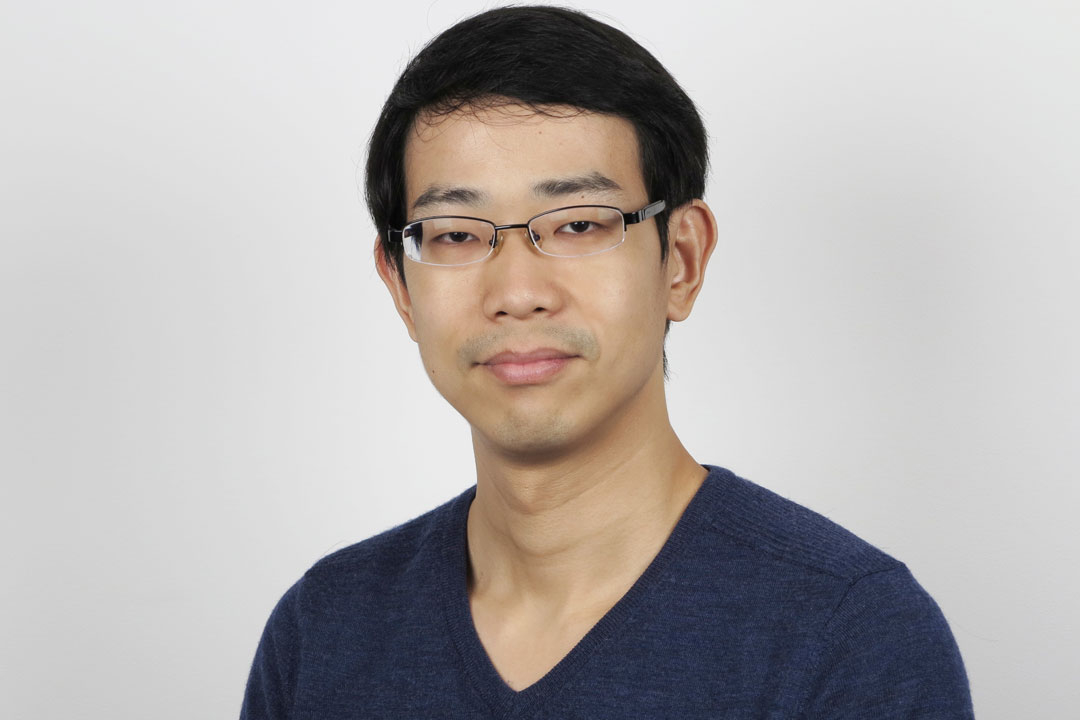3 exciting cutting-edge breast cancer research advances
By Emily User | 27 September 2023
For Breast Cancer Awareness Month, we reflect on 3 exciting developments in breast cancer research that Cure Cancer has backed over the course of our history.

Over the past 56 years, Cure Cancer has funded 59 breast cancer research projects, helping doctors and scientists all over the world advance the way breast cancer is understood and treated. Here, we look at just a few of the brilliant ideas we’ve backed over the course of our history – ideas that have saved lives and continue to give renewed hope to people everywhere:
Early detection of breast cancer
Prof Carolyn Mountford, Professor of Radiology and Neuroglycobiology at Institute for Glycomics, Griffith University; Neuroscientist at the Martinos Centre at Harvard Medical School

Prof Carolyn Mountford is a world-leading expert in Magnetic Resonance Spectroscopy (MRS) - a diagnostic tool for cancer in its early stages.
Prof Carolyn Mountford first received Cure Cancer funding in 1988, allowing her to investigate her belief that changes in the chemistry of human cells could be detected as they became cancerous by studying them inside a strong magnetic field. She went on to secure a further three Cure Cancer grants - and her hypothesis was proven correct!
Carolyn was largely responsible for developing Magnetic Resonance Spectroscopy (MRS), a scientific technique that can identify cancer in its early stages and removes the need for invasive surgery.
“We can take a biopsy from the breast of a woman, put it in a pathology magnet and tell whether it has spread to the lymph nodes just from the chemistry of the primary tumour,” she says.

MRS can monitor women at high risk of breast cancer by identifying changes in their breast tissue that precede tumour growth. It has also been used to detect whether thyroid tumours are cancerous, and has been applied in the detection of cancers of the brain, cervix and ovaries.
Carolyn is now a world-leading expert in MRS. Not only that, twenty-five years on, MRS is now also used to identify changes in brain chemistry associated with brain injury, depression, chronic pain and post-traumatic stress disorder. Both the Australian and US military have worked with Carolyn’s team to further develop the application of this science.
A new approach to the treatment of triple-negative breast cancer
A/Prof Fernando Fonseca Guimaraes (Group Leader, Frazer Institute and The University of Queensland) and A/Prof Paul Beavis (Group Leader, Peter MacCallum Cancer Centre)

Awarded their first Cure Cancer grants in 2015 and 2014 respectively, A/Prof Fernando Guimaraes and A/Prof Paul Beavis are making significant headway on an innovative idea, which could help to advance the treatment of triple-negative breast cancer.
Triple-negative breast cancer is a type of breast cancer that does not have any of the three receptors commonly found in breast cancer cells – the oestrogen, progesterone and HER2 receptors. Although this type of cancer generally responds well to chemotherapy, the majority of triple-negative breast cancers do not respond to immunotherapy – a type of cancer treatment which triggers a patient’s own immune cells to fight cancer.
Cure Cancer Alumni A/Prof Fernando Guimaraes and A/Prof Paul Beavis are looking to change this.

A/Prof Fernando Guimaraes received his first Cure Cancer grants in 2015/16 for his breast cancer research.
Alongside a specialist research team, Fernando and Paul are developing new strategies to produce an immune system-derived off-the-shelf therapy to target triple-negative breast cancer. This research will potentially impact those patients who have failed conventional therapies and therefore have a worse overall prognosis.
Fernando has spent much of his career looking to understand how the immune system can control the spread of cancer, with an aim of identifying breakthrough science that can stimulate the body’s immune system to achieve this. Despite advances in treatment and early detection, metastasis remains a leading cause of cancer-related death.

A/Prof Paul Beavis was awarded a Cure Cancer grant in 2014 for his innovative breast cancer research.
Fernando, Paul and their teams will look at ways successes in treating blood cancer could be applied to breast cancers. As part of their research, the team will investigate whether cells derived from a donor different than the patient can be used to trigger an immune response. Paul believes that these genetic engineering techniques have the potential to restore or augment an attack response from the immune system.
The key objectives of the project are to revolutionise treatment regimens by replacing them with ones that are more effective, less toxic, and allow for ongoing long-term protection, whilst eliminating the mortality associated with metastatic breast cancer.
In 2021, the US Department of Defense (DoD) Breast Cancer Research Program awarded AU$1mn (USD$750k) to Fernando, Paul and their teams to continue their novel work into breast cancer.
Using data and technology to beat breast cancer
Dr Niantao Deng, Senior Data Scientist and Research Biostatistician, Garvan Institute of Medical Research and UNSW Sydney

The use of neoadjuvant therapy – steps to shrink tumours – before surgery to make them operable in breast cancers is increasingly common. Dr Niantao Deng and his team at the Garvan Institute of Medical Research and UNSW Sydney are expanding on this work by using a novel, single-cell sequencing technology to analyse breast cancers before and after the therapy. This will help them understand why some patients respond well to the treatment and some don’t.
“I’d like to understand the mechanisms of patients’ responses to treatment at the individual cell level,” Niantao explains. “Because we have direct access to their samples before and after treatment, we see our findings as potentially translating into the clinic. Our ultimate goal is to find a way to overcome patients’ resistance to treatment and personalise it to ensure they have better outcomes."

Dr Niantao Deng was funded by Cure Cancer in 2020 for his breast cancer research.
With these aims in mind, too, Niantao’s current interests include using statistical methods to analyse and integrate large amounts of breast cancer data. He believes this will help him address critical questions, like how some patients respond to their disease and predicting how they will react to certain drugs.
"This is such an exciting project that will allow me to establish collaborations with other researchers, including clinicians and biologists, which will be critical for us to make real progress. Having the opportunity to work on real patients’ data reminds me that these aren’t just numbers; behind each number there is a real patient in need. This project could really make a difference and benefit so many. Helping patients to find a cure is the ultimate goal for researchers like myself, and I’ll do my best to achieve that."
Each year, over 20,000 Australians face a life-altering diagnosis of breast cancer, which is the second most commonly diagnosed cancer on the continent.
While advances in breast cancer treatment have significantly increased survival, there is still a lot more work to be done for metastatic breast cancer and triple-negative breast cancer.
Your contribution will help fuel further research for even more effective therapies.










